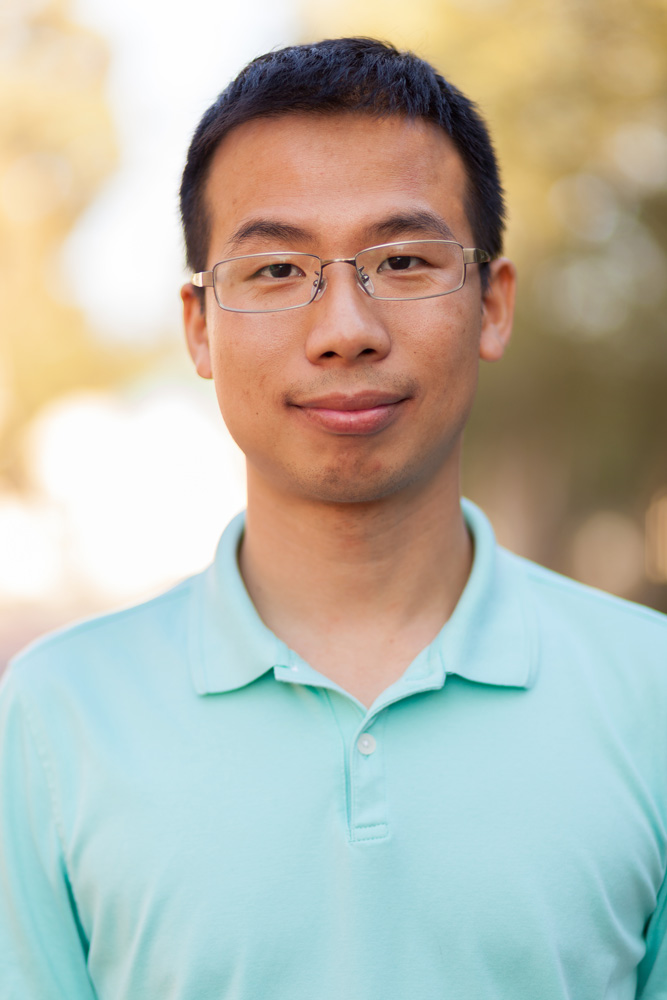
Mingwu Lu
“After my Ph.D. work (which was on the many-body simulation based on quantum gases of dysprosium via long ranged magnetic dipolar interactions), my research here has been a natural extension for me. At the same time, the entanglement between photon states and atomic states, in terms of both internal and external degrees of freedom simultaneously, may lead to rich and little-understood physics. In summary, it is an exciting and promising platform to develop and I’m happy to be a part of it. “
Interview
What is your current research?
I am working on building a nano-scopic interface that enables strong interactions between light and matter. For many years, researchers have hoped to generate, store, transport, and manipulate information in a quantum way, which opens up many possibilities in fundamental research and applications. One common scheme, among others, proposes that information is stored in neutral atoms coded by internal quantum states and is exchanged quickly and coherently via flying photons. In our lab, we bring cesium atoms very close (100 nm) to the nano-scale photonic crystal waveguides in a controlled way, under vacuum. Trapping the atoms there is challenging because at this tiny distance, atoms are attracted to the solid devices due to the van der Waals force. Nevertheless, this system has several exciting features. The strong confinement of the evanescent light field near the waveguide boosts the coupling strength between those atoms and photons, and the band structure engineering of the waveguide brings additional controls on the strength and nature of the interactions, such as the slow light effect and quenched guided light modes in band gap. We hope to achieve strong couplings between single atoms and single photons, and considerable fundamental work has been done in in Prof. H. J. Kimble’s quantum optics lab, in collaboration with Prof. O. Painter’s lab at Caltech.
What appeals to you about this research?
This project has potential applications in quantum optics, quantum information, quantum computation, and quantum simulation in a fundamental research sense. In principle, atoms and light strongly coupled in nano-fabricated devices could be used to build a large quantity of identical quantum nodes in a quantum network, like transistors in integrated circuits. In other words, it’s scalable. Also in the strong coupling regime, trapped atoms interact with each other via fast and coherent exchange of photons. As a result, the effective forces between them can be very long-ranged because photons can travel long distances. This effect presents an opportunity to observe, for example, the phenomenon of self-organization, in the context of simulating many-body quantum physics. After my Ph.D. work (which was on the many-body simulation based on quantum gases of dysprosium via long ranged magnetic dipolar interactions), my research here has been a natural extension for me. At the same time, the entanglement between photon states and atomic states, in terms of both internal and external degrees of freedom simultaneously, may lead to rich and little-understood physics. In summary, it is an exciting and promising platform to develop and I’m happy to be a part of it.
What do you do when you’re not doing physics?
Outside the lab, I have a few hobbies. During weekends, I go hiking sometimes up in the local mountains, which are convenient to get to. I like to read, especially about science (not necessarily physics) and other non-fiction, like history. I’m also a great admirer of classical music, particularly J.S. Bach.